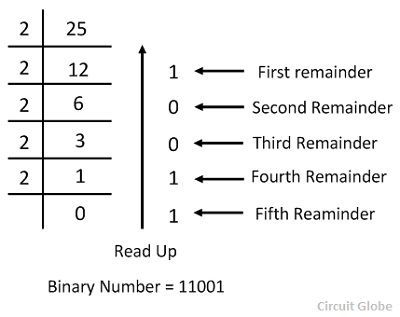
- #BROWSER IMAGE TO BINARY CONVERTER ONLINE HOW TO#
- #BROWSER IMAGE TO BINARY CONVERTER ONLINE PDF#
- #BROWSER IMAGE TO BINARY CONVERTER ONLINE FREE#
#BROWSER IMAGE TO BINARY CONVERTER ONLINE FREE#
This is a free tool to convert jpg image to data uri. The process of jpg to url conversion can take a some seconds or minutes depending on the size of the file you are converting.
#BROWSER IMAGE TO BINARY CONVERTER ONLINE PDF#
Images can be converted to Base64 using online tools that are simple to use, free most of the time, and do not require any software download and installation Two popular programs in the category are listed below. Press the green button 'convert' and wait for your browser to download the url file that you have converted before. Use this online base64 to PDF tool to convert a base64-encoded string to PDF, so you can preview it in your browser and download it as PDF file in your. Thus, to avoid any misinterpretation or data loss while transferring an image over the text-based system, conversion to Base64 is done. When using a text-based system like an email, the binary data is read as a range of characters that can be misinterpreted during the transfer and can also be lost. The need for the conversion arises when binary data like an image or a video is to be transferred over a system that only allows data transmission in ASCII (plain-text) format. What is Base64 and the need for converting image to Base64?īase64 can be termed as the process in which the binary data is converted into an ASCII string format and the binary data is converted into a 6-bit representation.
#BROWSER IMAGE TO BINARY CONVERTER ONLINE HOW TO#
To save the photo permanently to the filesystem (blobs are objects temporarily loaded into browser memory), the Filesystem API requires the data to be in base64 format, so we must convert the blob into a base64 string.04 How to batch convert images into Base64 string Part 1. To implement this, I used the Capacitor Camera and Filesystem APIs.Īfter taking a photo, the Camera API returns a blob URL, which looks like: While entering a company expense, users take a photo of the expense receipt. I encountered this real-world example recently while building a feature for the Ionifits demo app. When the image conversion complete, you can download your result file. Then choose a format to convert to and click the 'Convert' button. What about reversing the conversion, from a blob to a base64 string? Unfortunately, this is a bit more complicated (though if you know of a better approach, let me know in the comments!). First, you need to add an image file for conversion: drag & drop your image file or click inside the white area to choose a file.

You can write output base64 string representation. Bonus: Converting a blob to a base64 string This online utility is a converter between binary image data (gif, jpg, png. That’s it! From here, you can upload it to a server, display it on the screen, and more. Next, convert the response to a blob: const blob = await base64Response.blob() For example, a JPEG image: const base64Response = await fetch(`data:image/jpeg base64,$`)

Easy as one, twoįirst, pass a base64 string to fetch: const base64Data = "aGV5IHRoZXJl" ĭepending on the format of the base64 string, you might need to prepend content type data. Since data measurement follows the binary system, which uses powers of 2, a kilobyte used to be. As it turns out, it can convert data into more than just JSON, it can also return array buffers, form data, and blobs. However, for a very long time, this conversion does not hold. It’s a powerful feature built into all web browsers that is commonly used to fetch resources across the network, like making HTTP requests to your backend APIs.įetch returns a Response object. Fortunately, there’s an easier, modern approach available thanks to the Fetch API. What do you do?Īccording to various solutions around the Internet, conversion appears to be complex. However, the available API accepts the image in blob format only.

Suppose you have an image in string format that needs to be uploaded to a server. A blob represents binary data in the form of files, such as images or video. One such example is converting a base64 string to a blob using JavaScript. However, using them correctly and effectively can be confusing. Web browsers provide a variety of data primitives that web developers use to manage, manipulate, and store data – from plain text, to files, images, videos and more.


 0 kommentar(er)
0 kommentar(er)
